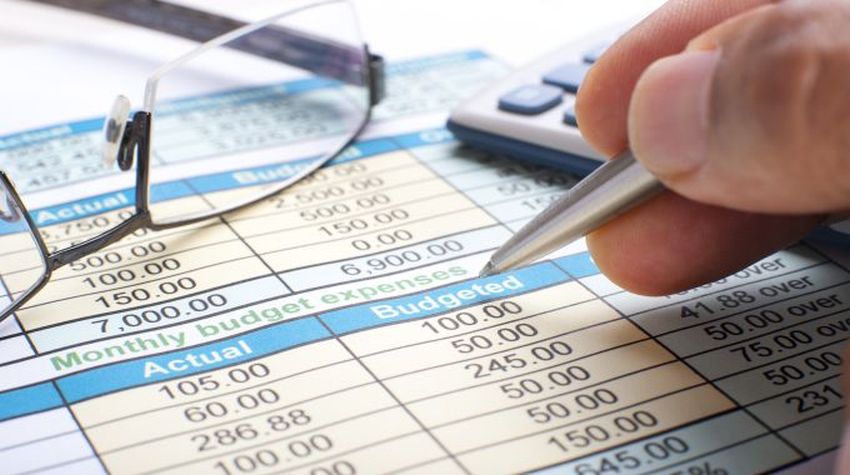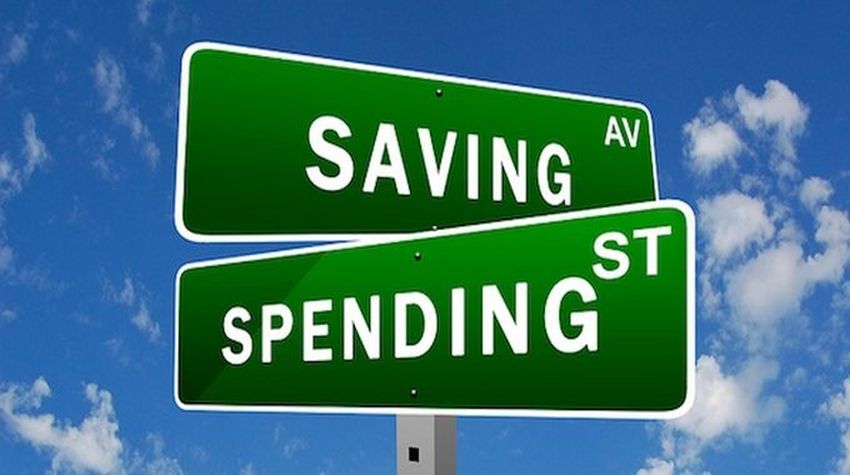New Year’s resolutions come and go. A sad and small amount often work out like you’d planned and the rest are forgotten about, or perhaps regretted later on. Losing weight and creating a budget are two of the most common New Year’s goals.
This year, you can shake off old habits and create new ones that last. The key is being realistic and using a system that works. Only you can decide how to budget your money, but with a little guidance from a financial expert and Mint software, you can set those plans in motion and keep track of your daily progress.
Baby Steps to Get Out of Debt
Nationally-syndicated radio talk show host and financial expert Dave Ramsey advises clients and listeners to get out of debt first and foremost, then build wealth. His is one of the simplest, most effective budget approaches, and nearly anyone can follow it. Ramsey explains what he calls the “7 Baby Steps” as a journey to debt control and ultimately living debt free. Each of the steps should happen in order, and include:
- Start an emergency fund
- Pay off debt
- Build your emergency fund
- Invest
- Save for college (if applicable)
- Pay off mortgage
- Build wealth & give to charity
There’s a method to the order. Your emergency fund is there to rescue you in case of a dire circumstance. Everyone needs this fund. It’s for those unexpected things that fall into your lap when you’re not looking. Start with $1,000, and you’re covered for some of the smaller things that life can throw your way.
“Pay off debt” is a small statement, but it’s sometimes an enormous feat of dedication and endurance. This baby step is near the top of Ramsey’s list for a reason — you can’t make much financial progress for yourself while you’re building someone else’s wealth. He suggests paying off the smallest debts first, then working toward larger ones.
Next comes building your emergency fund to a healthy level. Time was; 3 months’ pay was plenty. It could carry you over in case of job loss, medical bills, or other large, unexpected emergencies. Ramsey recommends a more generous approach, with 6 to 9 months’ pay set aside. Build this up, and you’re ready to tackle the next baby step.
Investments, college fund, paying off your mortgage, and ultimately building wealth are the last items on the list. You might need an advisor before stepping into investments, and a college fund might not be important to your family for any number of reasons. Paying off a mortgage, if you have one, is that last big hurdle before debt-free living. After that, you build wealth and live generously.
Mint Can Help You Handle the Particulars of Budgeting
Getting out of debt is important. But when you drill down, there is a lot more to think about. While you’re saving for an emergency fund, paying off credit cards, and thinking about retirement, you’re still receiving utility bills and buying groceries. Mint software will help take your overall budget course and pull it into sharp focus. You can see an overview just as easily as you can review a single transaction. This gives you control that you might not have otherwise.
It’s the daily activities that can sometimes cause budgeting hassles. Spending too much at the grocery store, dining out, splurging when you should be saving — all of these, and other things, can throw you off track. With Mint software, that never has to happen, at least not without your knowledge.
Mint software has all of your budgeting needs, such as setting financial goals, tracking income and expense trends, receiving bill notifications, and bank account alerts, rolled into one tidy, user friendly package. You can start out the New Year with the same plans as last year, or you can make 2017 your year to live with less financial stress and more control than you’ve ever had.

